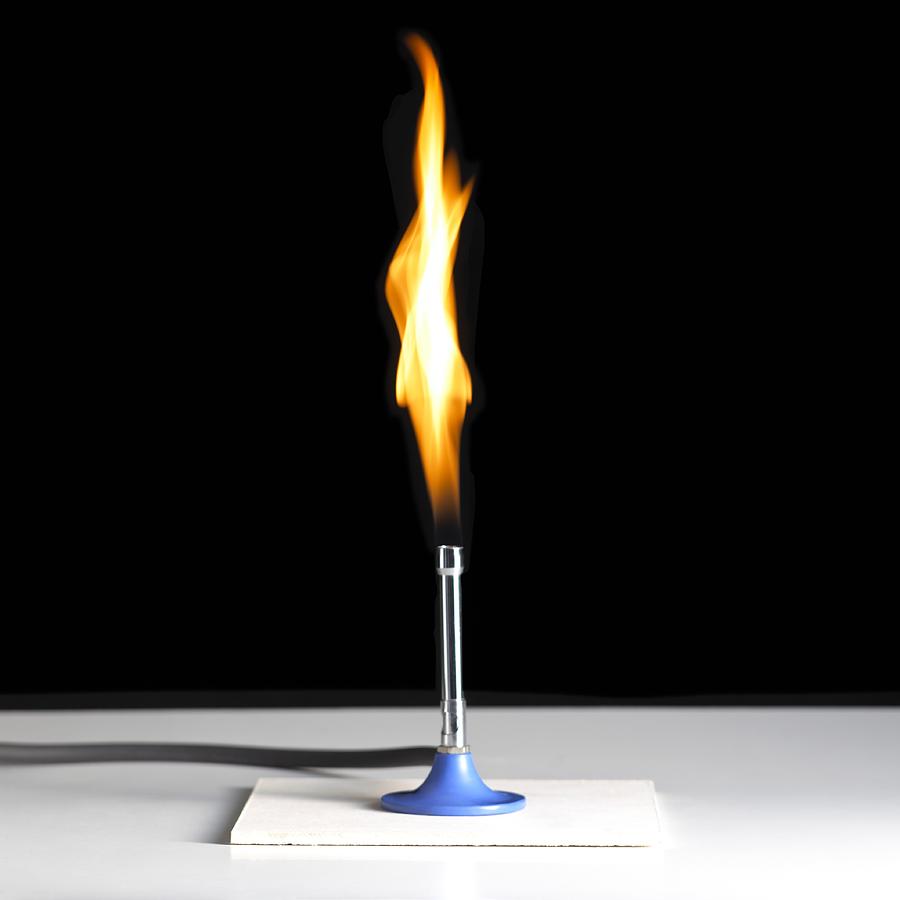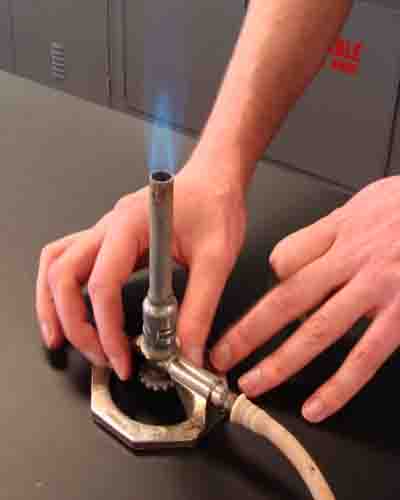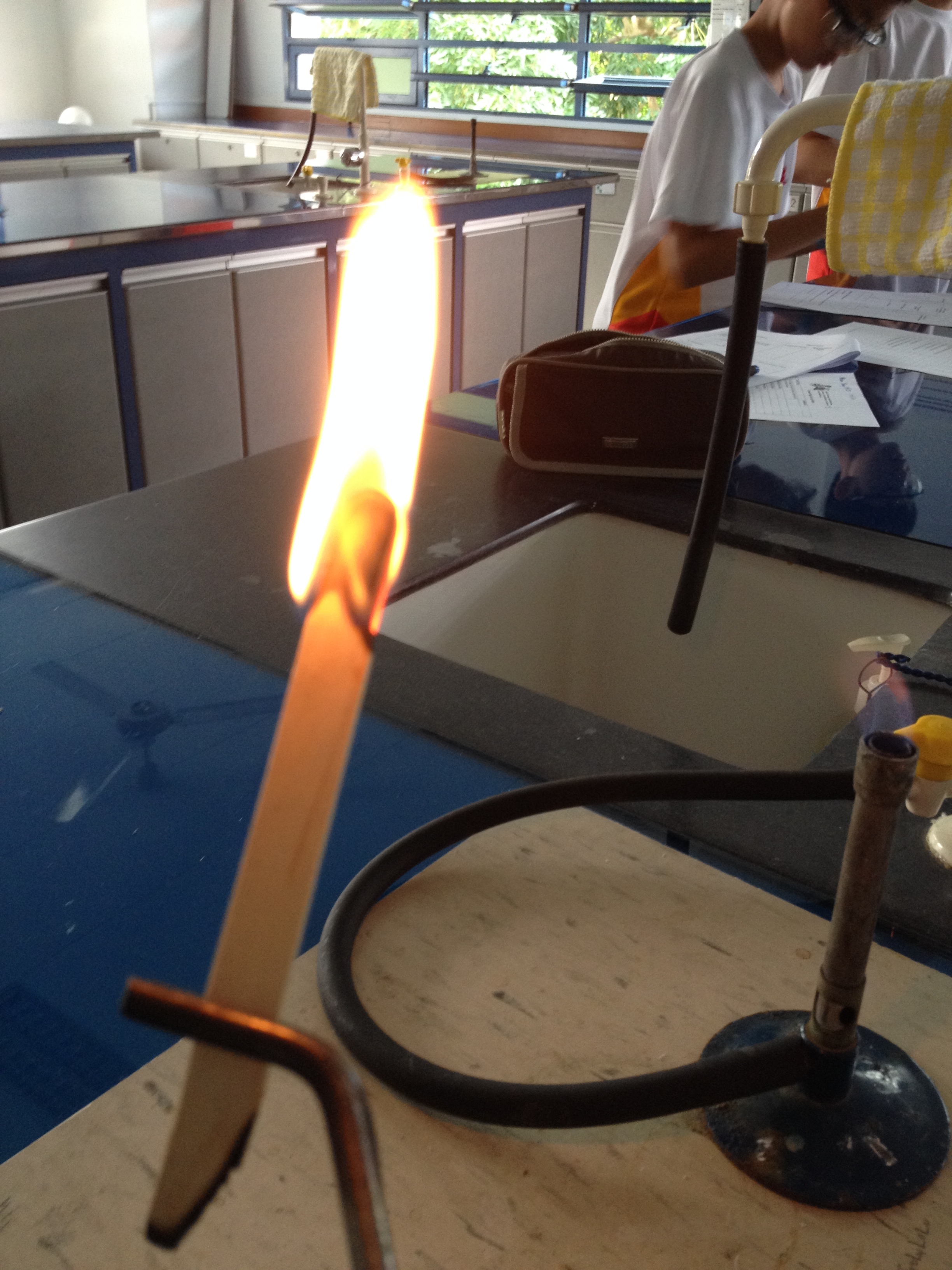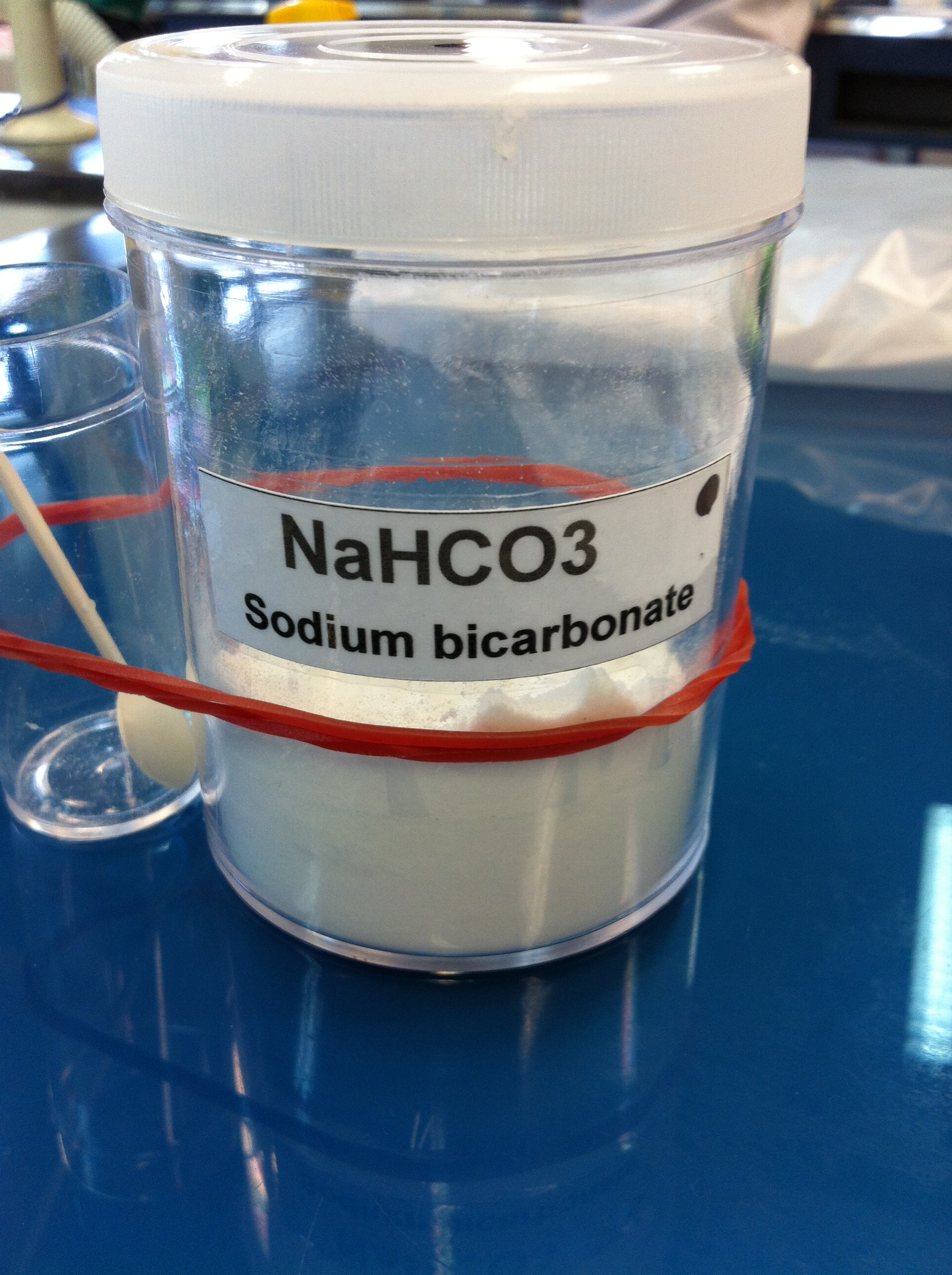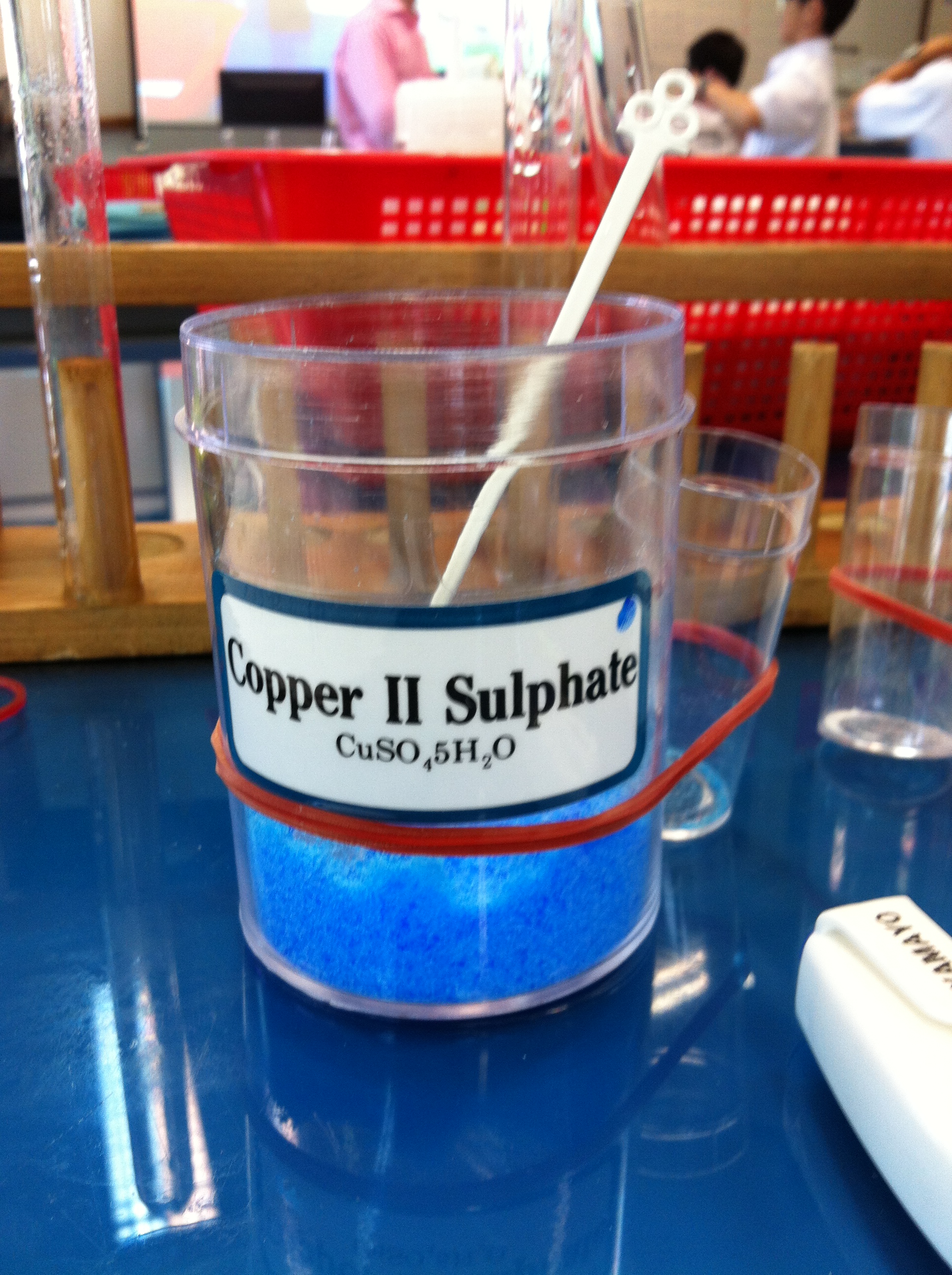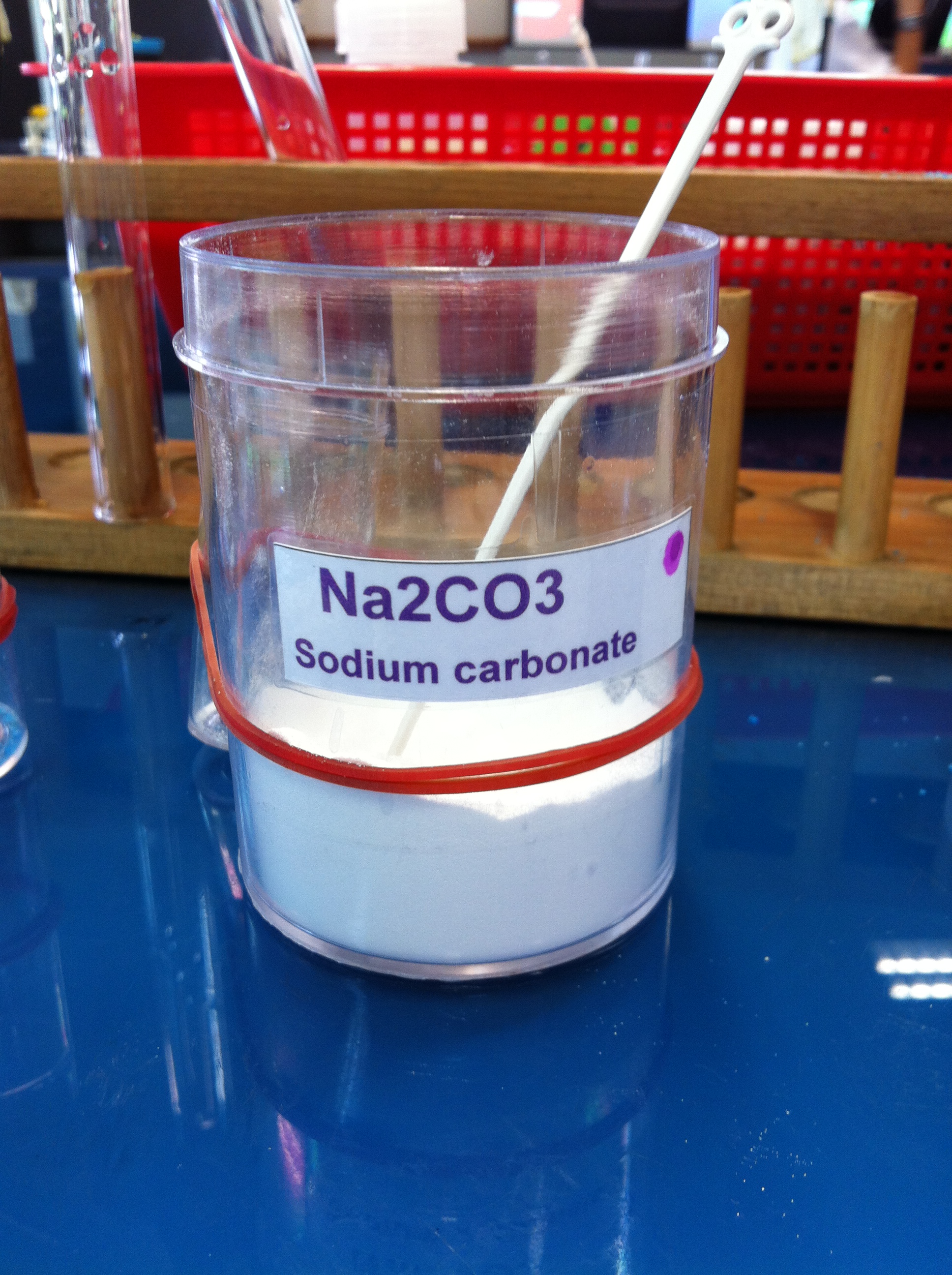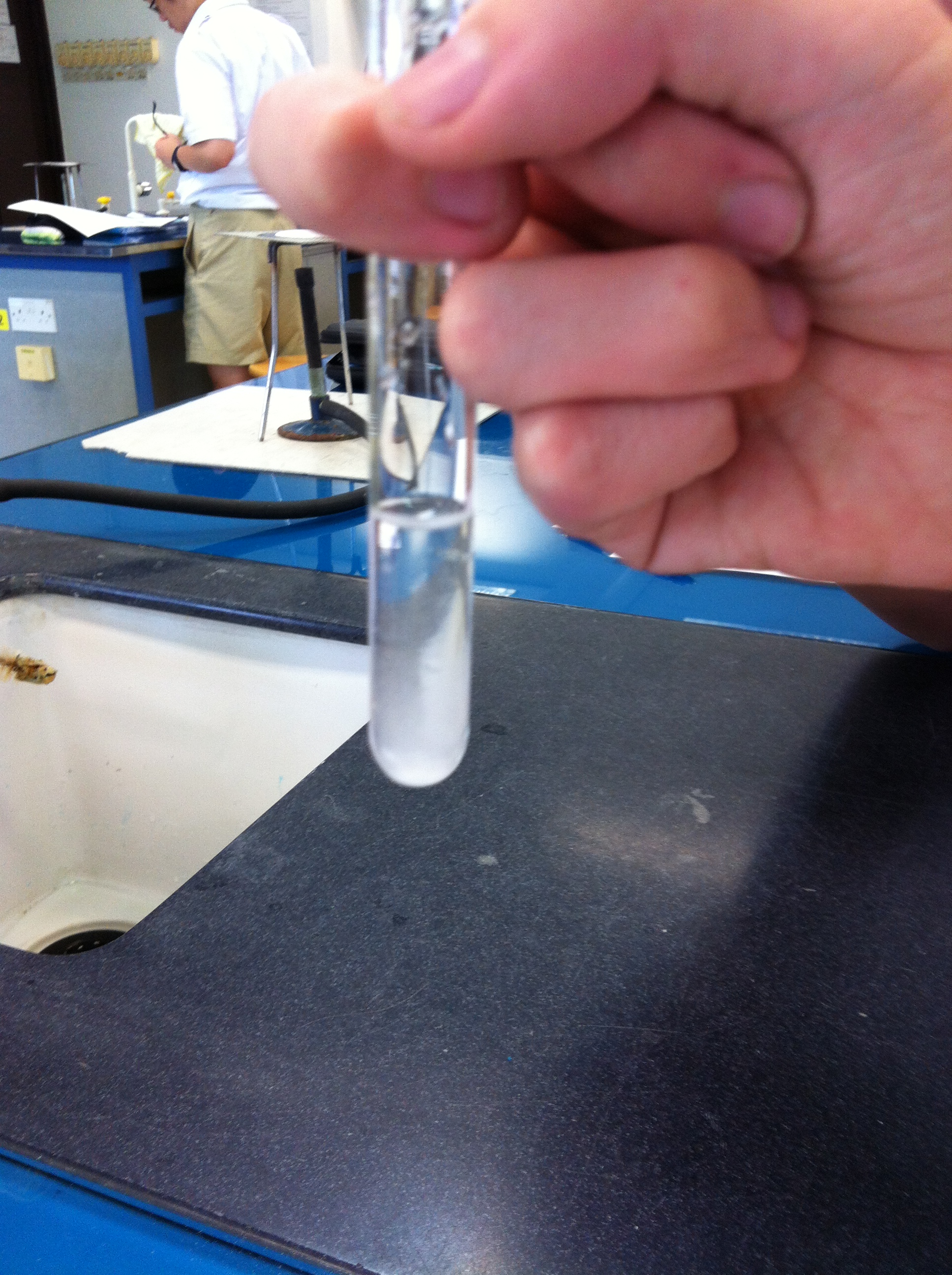Water is a very precious resource on earth. It is important to have reliable water sources to meet
Singapore demand of water. NEWater is highly purified reclaimed water. It is produced from
treated used water that is further purified using advanced membrane technologies such as reverse
osmosis.
reference: https://blogger.googleusercontent.com/img/b/R29vZ2xl/AVvXsEifoU9y3Hq6J517GWSp4iUG7n87zjdz7T_RphoVFY_ZxWebuW0I3ji4QrA5ZQ2szOt9iV2aEufepg-ZiaOfNCicdgG07P2X6PncHzaHp6BJL0ol9jjxD0zjJstt9GoREdY34bIcPlV_FK4/s1600/Desalinated+Water.jpg
1. Four National taps in Singapore
1. local catchment water
2. imported water
3. NEWater
4. desalinated water
2.The R.O. water purification method involves forcing water through a semi-permeable membrane, which filters out a select number of water contaminants, depending on the size of the contaminants.
In general, if the contaminants are larger in size than water molecules, those contaminants will be filtered out. If the contaminants are smaller in size, they will remain in the drinking water. Reference: http://www.waterbenefitshealth.com/reverse-osmosis-water.html.
Here is a video on Yotube about reverse osmosis.
Here are some of the benefits of using reverse osmosis to purify water
Pure and clean drinking water
Minimal maintenance
No unwanted odors or tastes
More cost effective than other water purification methods
Convenient
Theme 7: Personal Health
Chapter 7: Respiration and Circulation
Topic 13: Asthma in Singapore
Asthma is an illness that is increasing in frequency worldwide. One reason for this may be
increasing levels of air pollution.
1 and 2. The cause of asthma is poorly understood, but it may be partly inherited.Everyone's lungs are sensitive to different things such as pollen, air pollution, or strong chemicals. In simple terms, people with asthma have lungs that are more sensitive than average.
There are 3 processes in the lungs that produce asthma symptoms. First, the inner linings of the airways become inflamed. They swell up, leaving less room for air to pass through. Second, the muscles around the airways can tighten, closing them further. Finally, the airways produce mucus in response to the inflammation, clogging the shrunken tubes.
Asthma is in part an allergic response. It may be triggered by some external substance that particularly irritates your lungs. These triggers are often small protein particles called allergens. Some people are sensitive to more than one trigger. Common allergens include:
animal dander
cockroach particles
grass, tree, and ragweed pollen
house dust mites
moulds
Other people can get an asthma attack from something they swallow rather than breathe. Examples of these triggers include:
ASA* and other anti-inflammatory medications
nuts or shrimp
preservatives found in some drinks or foods
While most people develop asthma as children, adults can become asthmatic by being exposed to allergens, irritants, or occupational sensitizers for a long time. People who work with the following products may be at increased risk:
antibiotics
cotton and flax
detergents
foams and paints
grains and cereals
insulation and packaging materials
Asthma attacks can also be triggered by non-allergic irritants, such as:
laughing hard, crying, shouting
smog and smoke
strong smells (e.g., paint fumes, perfumes, cleaning products)
suddenly breathing cold air
vigorous exercise
viral infections such as the common cold or the flu
reference: http://bodyandhealth.canada.com/channel_condition_info_details.asp?disease_id=137&channel_id=2014&relation_id=94590
3. It is well understood that air pollutants often act as a trigger to make people’s asthma symptoms worse.
In 1995 the Committee on the Medical Effects of Air Pollution (COMEAP) concluded that ‘exposure to ambient concentrations of air pollutants is associated with an increase in exacerbations of asthma in those who already have the condition’, and more recent evidence has only served to confirm this.
Asthma UK, partners of the Healthy Air Campaign, say this: “Two-thirds of people with asthma tell us that traffic fumes make their asthma worse and 42% find that traffic fumes discourage them from walking or shopping in congested areas. And 85% of people with asthma tell us they are concerned about the effect that increasing vehicle fumes will have on their and their family’s health in the future.”
However, the question of whether air pollution causes asthma is still open for debate. There is some strong evidence to suggest causation. Asthma UK believe that pollution plays a role in causing asthma in children and adults, as well as being a trigger that can make people’s asthma symptoms worse. The Aphekom Study, which took the work of 60 scientists across 12 countries in Europe suggests that living near busy roads could be responsible for some 15-30 percent of all cases of asthma in children.
reference: http://healthyair.org.uk/air-pollution-and-asthma/
4. SMART Automobile rolled out Singapore’s fi rst fl eet of 100 commercially-run Mercedes-Benz CNG-petrol bi-fuel E200 NGT (Natural Gas Technology) taxis in December 2005. These bi-fuel vehicles give SMART drivers the fl exibility to run on petrol should the vehicle run out of CNG. With more environmentally-friendly modes of transport available, the public can also do their part for the environment.Besides CNG vehicles, hybrid vehicles are also increasingly popular. Toyota launched the second generation Prius in Singapore in May 2006, while the second generation Honda Civic Hybrid was launched in June 2006. Powered by a combination of petrol and electricity, hybrid cars generally consume about half the average amount of petrol compared to their conventional equivalent and emit less air pollutants. Hybrid cars have also proven that they perform well under city-driving conditions and can double the mileage attained. For example, the Toyota Prius can achieve as much as 23km per litre of petrol compared to between 10 to 12km per litre for an equivalent conventional car. As at end 2007, there were about 1,062 hybrid vehicles on our roads, which include those under the car-sharing scheme operated by Honda Diracc. With more hybrid models becoming available, car owners will be able to take advantage of the Green Vehicle Rebate to reduce their impact on the environment.
Our land transport system plays a critical role in facilitating economic development and enhancing Singapore’s attractiveness as a place to live and work. An efficient land transport system that provides good linkages to our air and seaports is crucial to firmly anchor Singapore’s economy with the rest of the world. As a small and dense city state, choosing public transport as the choice mode for day-to-day commuting ensures our city’s liveability and high quality of life. Over the next 10 to 15 years, the Ministry of Transport (MOT) aims to increase the current public transport modal share of 63% to at least 70%, so as to achieve a high quality and sustainable land transport system that is able to handle a significantly larger population base. This target, if achieved, will help ensure that Singaporeans continue to enjoy a high quality urban living environment.
However, patients with medical problems like asthma, chronic lung disease, chronic sinusitis and allergic skin conditions may experience more severe symptoms. Children and the elderly in general, may also be more likely affected. NEA closely monitors the haze situation. During severe haze conditions, the public is kept informed of the PSI at three-hourly intervals. Health authorities will also alert Singaporeans on preventive measures to take at such times. State of the Environment 2008 Report Singapore Chapter 1 p24 On the international front, Singapore has been working closely with the Indonesian local authorities as well as relevant ASEAN countries to tackle the trans-boundary smoke haze. NEA assists the Indonesian authorities in their fire-fighting efforts by providing satellite pictures of hotspots to help them locate the fires on the ground. At the 10th ASEAN Ministerial Meeting on the Environment (AMME) held in the Philippines in November 2006, Singapore pledged US$50,000 to the ASEAN Haze Fund. In addition, Singapore accepted Indonesia’s invitation to collaborate with the Muaro-Jambi Regency to enhance its capacity to deal with land and forest fires.As the custodian of air quality in Singapore, NEA will sustain its initiatives and strategies to safeguard air quality. What inspires and spurs us on is our desire to ensure that generations to come will continue to enjoy clear blue skies with clean and fresh air.
Reference: http://app.mewr.gov.sg/data/imgcont/1233/016-025%20Air.pdf
B: Critical Reviews
Controlling body movement with light
Neuroscientists report that they can inhibit muscle contractions by shining light on spinal cord neurons. The main question is: How is light able to control body movements?
Neuroscientists have shown that they can control body movements by applying optogenetics to the spinal cords of animals that are awake and alert. They have done this experiment on mice. A light-sensitive protein that promotes neural activity was inserted into a subset of spiral neurons. Light was shone on the mice and their hind legs became reversely immobilized. Results have roved that they were right.
I believe that this article is an eye-opener for many. The findings offer a new approach to studying the complex spinal circuits that coordinate movements and sensor processing. This article really makes me reflect on the wonders of Science. If humans eat the light-sensitive protein and light is shone on them, will the results still be the same? Will our legs become immobilized? Nobody has tested it on humans so I'm not sure if the results will still be the same. All we know is that Science will be taking us on a roller-coaster ride.
Article: http://www.sciencedaily.com/releases/2014/06/140626122047.htm
Early life stress can leave lasting impacts on the brain.
The University of Wisconsin-Madison ave shown that for children, little bits of stress can last a long way, impacting the child's development. The question is: How does early-life stress affect a child?
A team of researchers from the University of Wisconsin-Madison have shown that early-life stress, such as poverty, physical abuse and neglect can change parts of a developing child's brain responsible for learning, memory and the processing of stress and emotion. Different forms of stress can impact different parts pf the brain.
Personally, I believe the researchers are right. Children under a lot of stress have gone suicidal, and some even going crazy. I had experienced stress before during the PSLE. As a result, I had problems trying to sleep and easily got tired in class. Stress can also be health hazards when we get short-term memory loss. This article should serve as a deterrent to parents and I believe that parents would be more careful of their child after reading this article.
Article: http://www.sciencedaily.com/releases/2014/06/140627133107.htm
Thank you for reading!

















